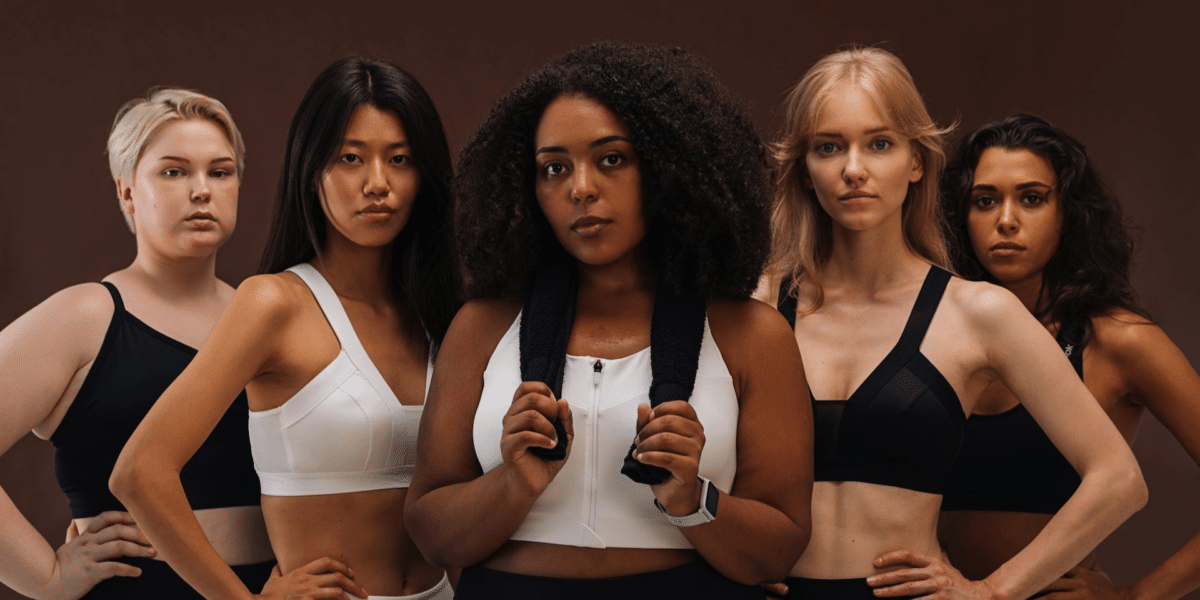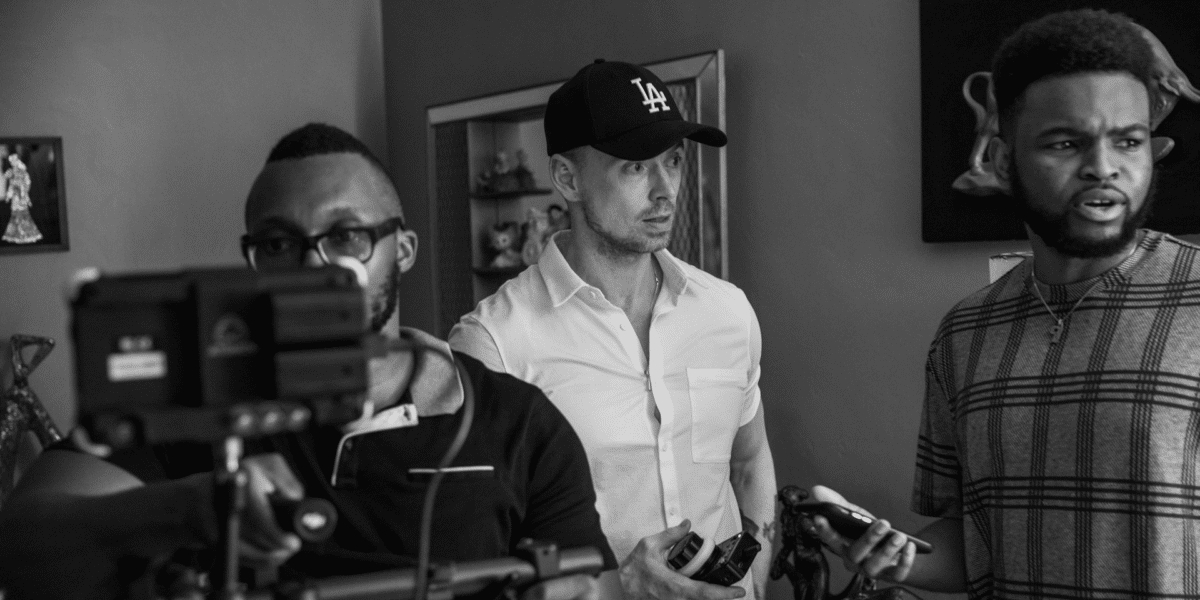The Rise of Diversity in Modeling During the 2010s
The 2010s marked a significant shift in the modeling industry towards greater diversity and inclusion. This decade saw an increasing representation of various races, body types, genders, and ages on runways, in advertisements, and across fashion campaigns. This article explores the factors that contributed to the rise of diversity in modeling in the 2010s, its impact on the industry, and how it has reshaped fashion norms.
Early Efforts Towards Inclusion
Before the 2010s, the modeling industry was predominantly characterized by a narrow definition of beauty. Models were mostly young, thin, and predominantly white. While there were trailblazers like Naomi Campbell and Tyra Banks, their presence was the exception rather than the rule.
In the late 2000s, there were early signs of change. Designers and fashion houses began to face criticism for their lack of diversity, prompting a gradual shift. Influential figures and advocacy groups started pushing for more representation, laying the groundwork for the changes seen in the 2010s.
Key Drivers of Diversity in the 2010s
Social media platforms like Instagram and Twitter played a crucial role in promoting diversity. These platforms allowed models of different backgrounds to build their own followings, bypassing traditional gatekeepers of the industry. Social media gave a voice to underrepresented groups, demanding more inclusive representation.
The body positivity movement gained significant momentum in the 2010s. This movement challenged the industry’s narrow standards of beauty, advocating for the acceptance of all body types. Brands began to include plus-size models and promote body inclusivity, reflecting a broader range of beauty ideals.
Activism and advocacy groups, such as the Council of Fashion Designers of America (CFDA) and Models of Diversity, pushed for systemic changes within the industry. These organizations highlighted the importance of representation and worked towards creating more inclusive casting practices.
Impact on the Fashion Industry
The 2010s saw a notable increase in the diversity of models on runways. Fashion weeks around the world began to showcase a broader range of models, including those of different ethnicities, body sizes, ages, and genders. This shift challenged traditional beauty standards and set new norms for inclusivity.
Advertising campaigns also became more inclusive. Major fashion brands and retailers featured diverse models in their campaigns, recognizing the importance of representation in connecting with a global audience. This inclusivity helped brands reach wider demographics and promote a more inclusive image.
The rise of diversity in the 2010s led to changes in industry standards. Casting directors, designers, and agencies began to prioritize diversity, understanding its importance in reflecting the real world. This shift also encouraged the development of more inclusive policies and practices within the industry.
Notable Examples of Diversity in Modeling
Ashley Graham emerged as a prominent figure in the body positivity movement. As a plus-size model, she broke barriers and graced the covers of major magazines, walked prestigious runways, and became a role model for body inclusivity.
Winnie Harlow, a model with vitiligo, challenged conventional beauty standards and became a prominent figure in the modeling industry. Her success highlighted the beauty of uniqueness and inspired many to embrace their individuality.
Adwoa Aboah, a British-Ghanaian model, became a symbol of diversity in the industry. She used her platform to advocate for mental health awareness and inclusivity, furthering the conversation on representation and acceptance in fashion.
Challenges and Ongoing Efforts
While the 2010s saw significant strides towards diversity, challenges remain. Tokenism, where a single model represents an entire group, is still an issue. True diversity means consistent and meaningful representation across all facets of the industry.
Ensuring sustainable change requires continued effort. Advocacy and activism must persist to maintain and further the progress made. The industry must continue to embrace and normalize diversity, avoiding reverting to old standards.
The rise of diversity in modeling during the 2010s marked a transformative period for the fashion industry. Influenced by social media, the body positivity movement, and active advocacy, the industry began to reflect a broader range of beauty. While significant progress has been made, ongoing efforts are necessary to ensure that diversity remains a core value in modeling and fashion. The 2010s laid the foundation for a more inclusive industry, one that continues to evolve and celebrate all forms of beauty.













